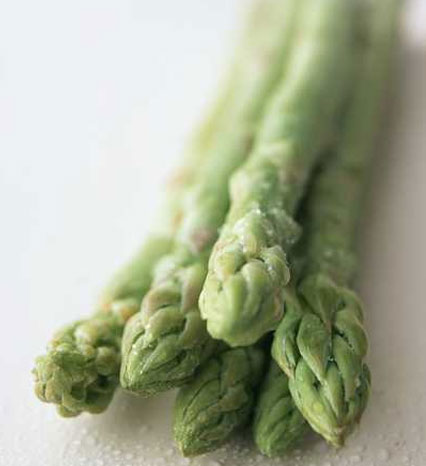Dashi stock made from kombu (kelp) has long been an indispensable part of Japanese cuisine. It has also long been known that the active ingredients contained within kombu hold the key to its delicious taste. This did not escape the attention of Dr. Kikunae Ikeda of Tokyo Imperial University, now the University of Tokyo, and he undertook research to ascertain the true nature of this ‘deliciousness’. In 1908, Ikeda succeeded in extracting glutamate from kombu. He discovered that glutamate (or glutamic acid) was the main active ingredient in kombu and coined the term ‘umami’ to describe its taste. He was sure that this taste was held in common by other foods that a savory flavor, including those used in Western meals such as tomatoes and meat, and, indeed, upon investigation it was discovered that these foodstuffs also contained umami.
“Those who pay careful attention to their tastebuds will discover in the complex flavour of asparagus, tomatoes, cheese and meat, a common and yet absolutely singular taste which cannot be called sweet, or sour, or salty, or bitter…” Dr. Kikunae Ikeda, Eighth International Congress of Applied Chemistry, Washington 1912.







